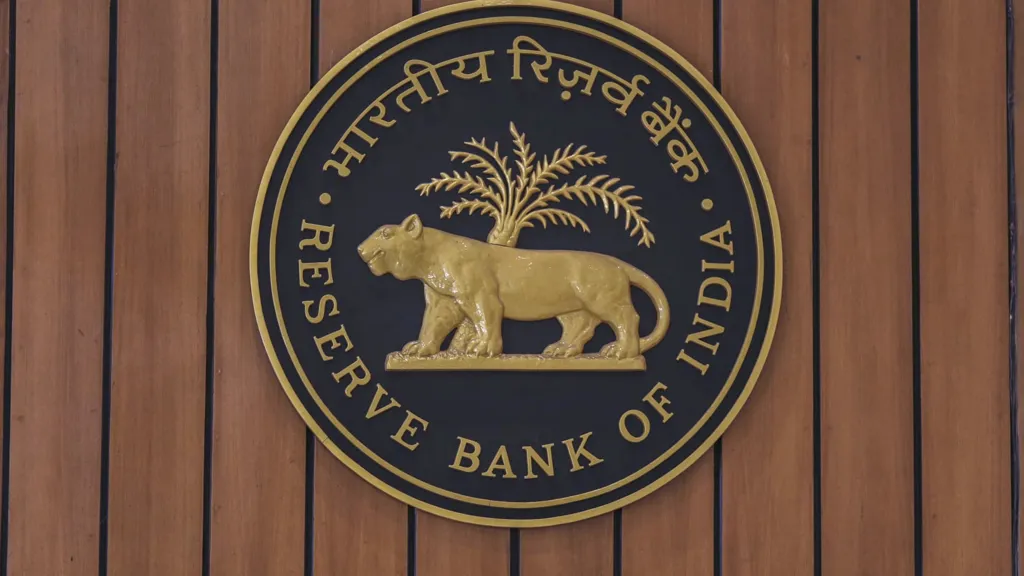This report is from this week's CNBC's "Inside India" newsletter which brings you timely, insightful news and market commentary on the emerging powerhouse and the big businesses behind its meteoric rise.
Just over twelve months ago, thousands of Indians gathered at Delhi's Red Fort as Prime Minister Narendra Modi delivered his speech on the momentous occasion of India's 75th Republic Day.
His message was crisp: Viksit Bharat 2047 - a promise to make India a developed nation by 2047.
The idea of a "developed India" is not new. In fact, it has been repeatedly floated over the 10 years that Prime Minister Modi has been in office.
The plan looked well on track in January: India's growth was outpacing other major economies, its stock market had overtaken Hong Kong's to become the fourth largest in the world and dozens of tech unicorns were at the cusp of going public.
Twelve months on, investors and economists are concerned about high inflation levels, declining household spending, slow job creation and insufficient private investment. The miss in India's latest gross domestic product (GDP) figure for the second quarter clearly didn't help.
The government's latest move to replace Reserve Bank of India (RBI) Governor Shaktikanta Das with Sanjay Malhotra appears to be a calculated, yet subtle, way to address the weakness in India's economy.
Malhotra previously served as revenue secretary in the Ministry of Finance. His appointment caught some by surprise as the expectation was for Das' term to be extended.
Still, Malhotra's leadership is expected to bring a "new direction for the RBI," Shilan Shah, deputy chief EM economist at Capital Economics noted. This includes rate cuts as early as February 2025, analysts including Shah say.
India's benchmark interest rate stands at 6.5% -- the same level it was at when Das took charge of the RBI in late 2018.
In its November State of the Economy monthly report, the RBI wrote that high inflation is "biting into urban consumption demand and corporate earnings and capex [capital expenditure]" and will "undermine the prospects" for economic growth "if allowed to run unchecked."
The central bank has since lowered its projection for GDP growth for fiscal year 2025 ending in March to 6.6% from 7.2% in its recent monetary policy meeting.
The incoming governor said little on India's growth versus inflation debate in his first public address. However, he underscored the key role that stability, trust, and growth hold in guiding the central bank's decisions.
"On day one it may not be appropriate to start with bouncers, googlies and yorkers," the 26th RBI governor said in a live press conference on Wednesday. (For the uninitiated, those are cricketing terms alluding to bowling in a non-traditional fashion)
"Ours is still an economy that needs to develop as we enter 'Amrit Kaal' and to realize the vision of Viksit Bharat by 2047. The huge responsibility we have in ensuring that the growth this country has, continues," Malhotra added. Amrit Kaal is a phrase that roughly translates to "age of elixir."
As investors ponder how Malhotra will execute his role in 2025, CNBC's Inside India asked three market watchers what they expect and the decisions they would implement if they were in the governor's chair.
